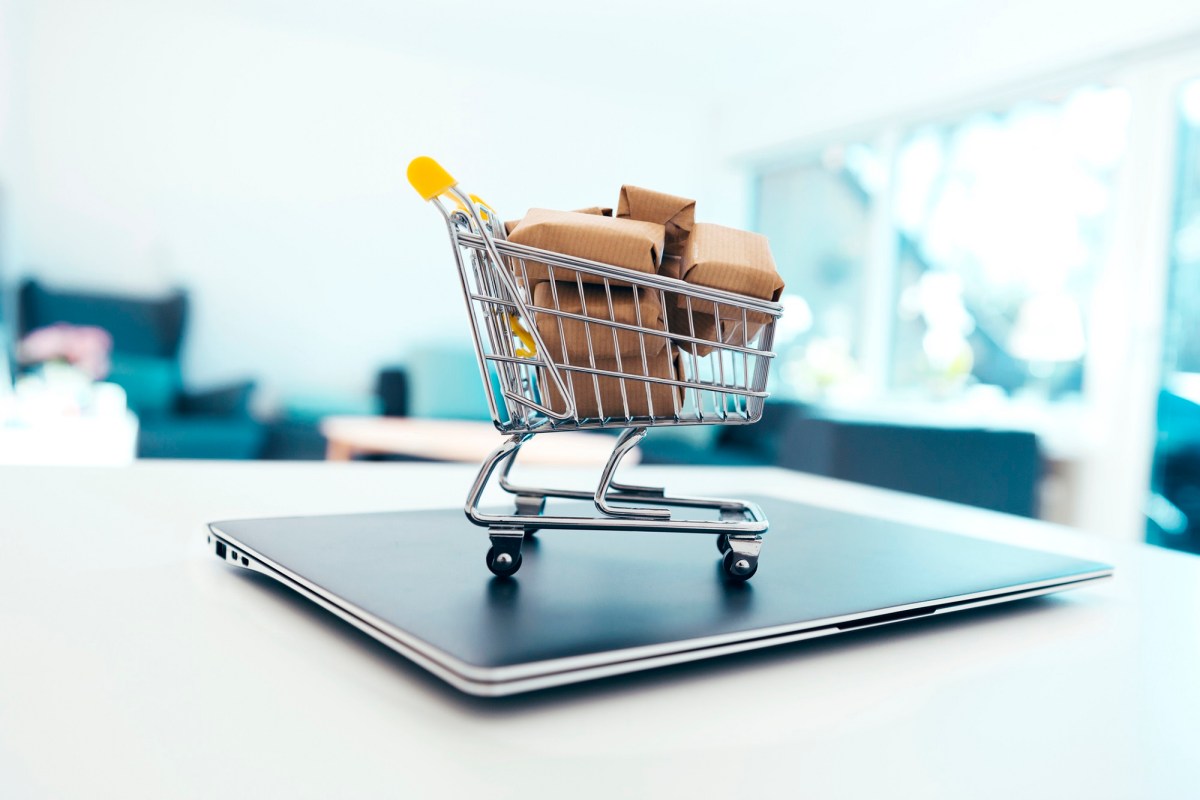Have you noticed that shoppers are adding items to their cart, but aren’t completing their purchases on your website? You’re not alone. The hard truth is that the estimated average for cart abandonment rate globally is 86%. That means for every 100 potential customers, almost 90 will leave without completing a transaction.
One of the biggest factors contributing to cart abandonment is friction during the customer experience, for example, a time-consuming checkout or website performance issues.
Today’s customers are increasingly expecting and demanding more from brands. Customers want quick responses and personalised interactions at every touchpoint throughout the sales experience, and they’re not afraid to take their business elsewhere if their needs aren’t being met.
Don’t leave your customers on hold
We’re seeing customer self-service quickly becoming the preferred method for customer service. That’s because self-service options, like FAQs or live chat on a company website, provide shoppers with faster answers that they can find on their own time. Customers can use a company’s resources to self-serve and find answers to support questions.
One way businesses are diversifying the customer experience model is by leaning into chat to create stronger, and more accessible connections with shoppers.
Chat conversations allow businesses to be more immediate with their customer engagement across the entire flywheel to attract, engage and delight customers. This can be especially valuable when approaching unsure shoppers and helping them to finish their purchase. We’re now seeing savvy sales teams utilise bots on pricing and product pages so customers can receive support quickly without ever being put on hold.
Track patterns and learn
If you want to know how many people are leaving their carts behind on your site, start keeping track of your cart abandonment rate. It’s critical to measure your cart abandonment rate so you can have insight into how many shoppers aren’t completing a purchase.
Your checkout flow should pull buyers through. Do user testing to ensure that the checkout flow is as intuitive and easy to use as possible. While you might be tempted to ask for as much information as you can, remember that your goal is to get prospective buyers to purchase. Only collect the minimum amount of information you need for this purchase to reduce friction.
Once you start tracking cart abandonment rates, you’ll have an idea of how to retarget these potential customers so they commit to buying. This is where cart abandonment emails can help. A cart abandonment email retargets shoppers who showed intent to make a purchase by reminding them to complete their checkout process. You can use these emails to boost sales and start meaningful connections with shoppers.
Good cart abandonment emails typically target and identify an area that concerns customers and causes them to abandon their cart, such as shipping price. Targeting a specific concern of shoppers shows that you’re devoted to making their shopping experience one that’s delightful.
The customer journey starts, not ends, with the sale. In an age of easily replicable products and empowered buyers, to win and retain customers, and increase the overall likelihood of cart conversion, brands must consistently demonstrate their value and help shoppers achieve their objectives throughout the entire sales journey and afterwards.
Kat Warboys is marketing director for Asia Pacific at HubSpot.

